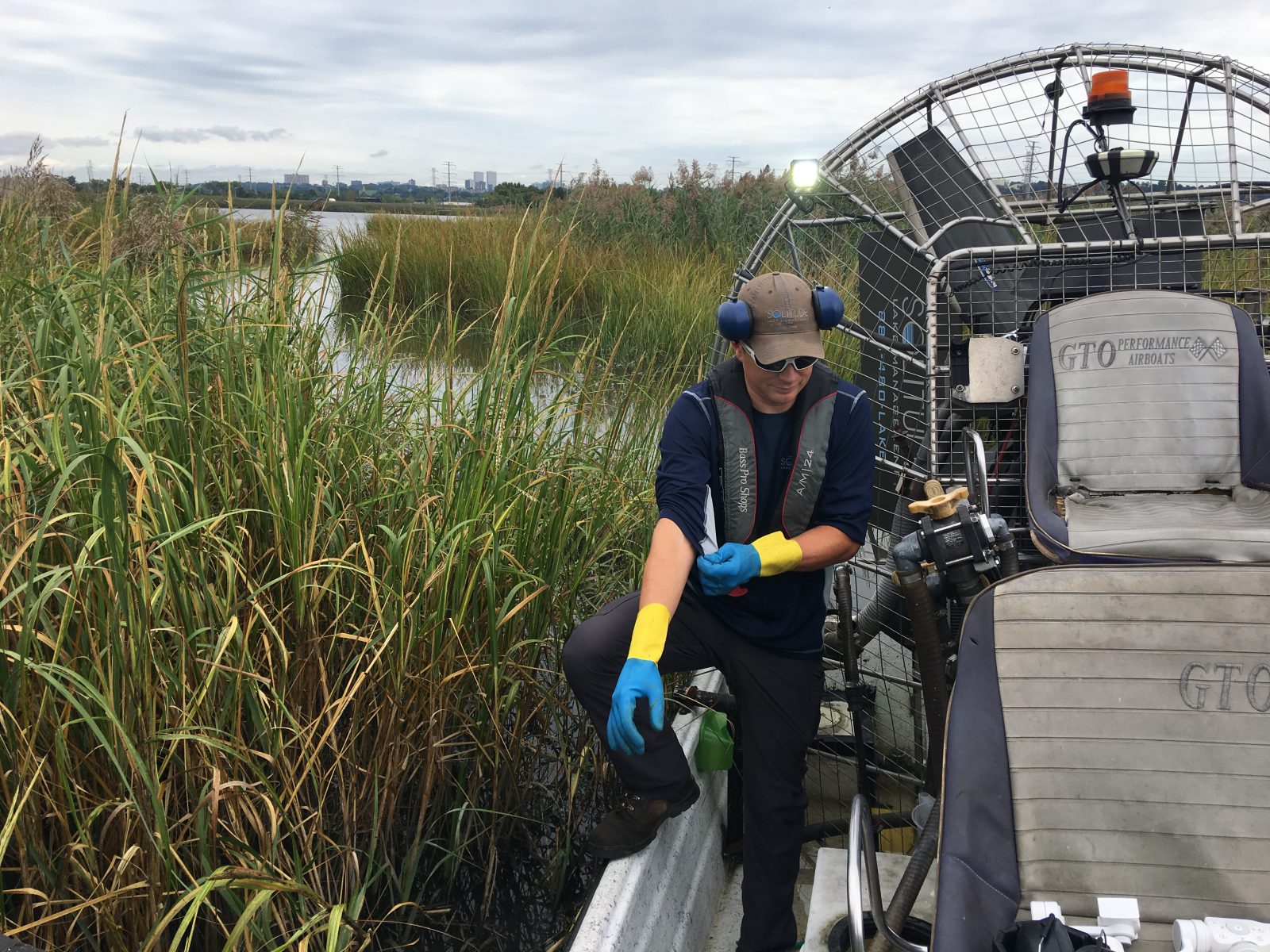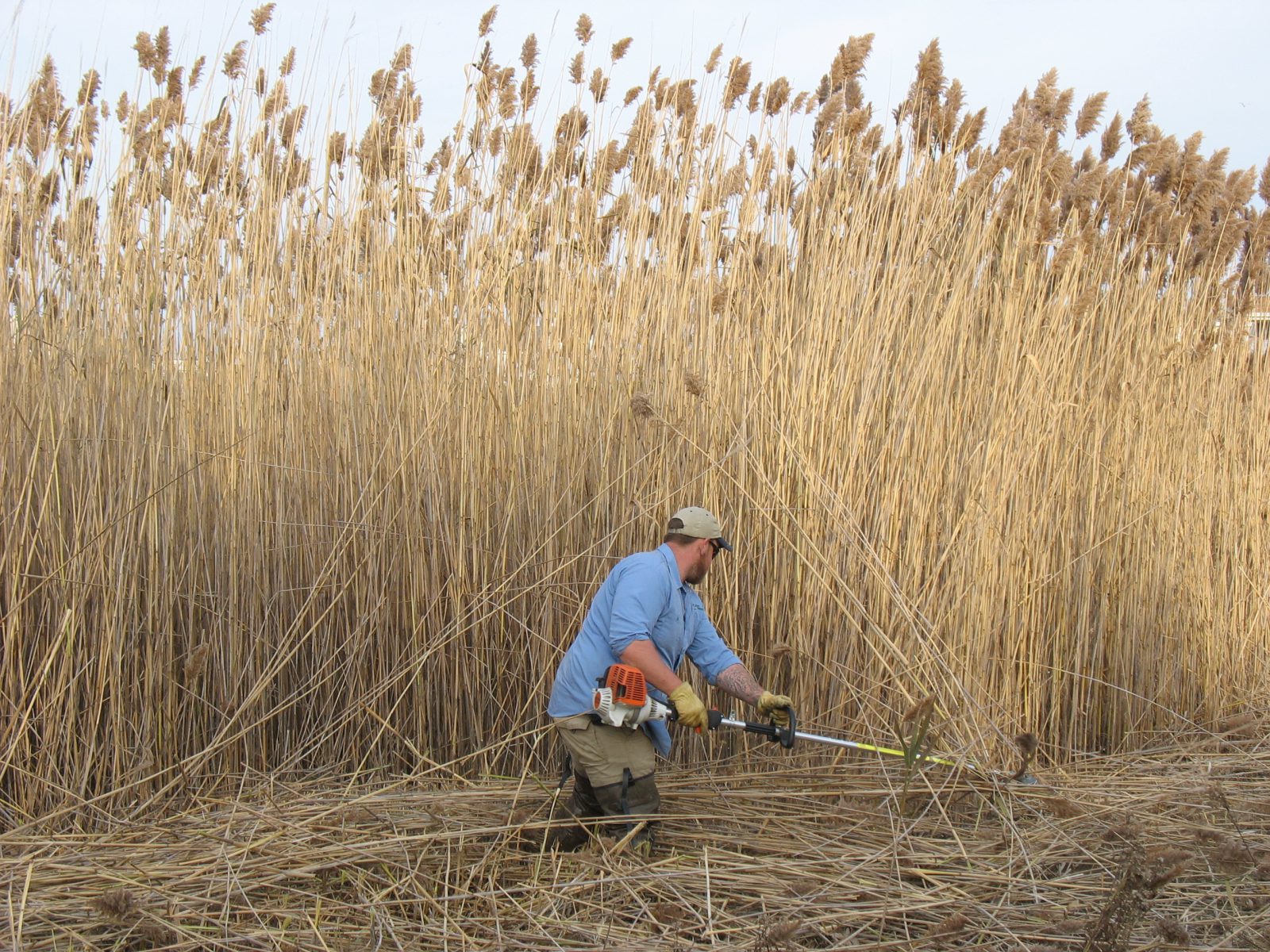
Habitat Restoration: Eradicating Invasive and Non-Native Species
Updated: September 7, 2023
Written by Industry Expert, Bob Schindler, Aquatic Biologist and Territory Leader
Invasive species management continues to be a focus of habitat restoration to improve or reestablish natural balanced communities of native ecologically valuable plant species. Achieving the management goal of eradicating invasive species in a wetland or upland habitat environment involves many of the same considerations as executing a lake or pond management program, with the exception that the progress and results are immediately visible and more accurately quantifiable. Habitat improvement projects can range in scale from small residential infestations to restoration programs that encompass thousands of acres. All habitat restoration sites include the same preliminary research prior to initiating any management activity.
The first objective is to assess the need for a management program by accurately identifying any potential invasive plant species, as well as cataloging other species within the restoration area. Once a comprehensive site assessment is conducted and invasive plants are identified, it is important to determine whether the land classification of the potential treatment area is a wetland or upland habitat. These two key components will generally guide the creation and implementation of the desired management program. Individual states have variations in permitting, and some require a permitting component when performing any herbicide application within a wetland habitat. Determining whether a wetland habitat exists may be as simple as referencing state-affiliated website mapping software, or may require performance of a wetland delineation survey to identify and outline the boundaries of any wetlands within or near the management area. While upland habitats generally do not require a permit, a pesticide applicator who is licensed in the appropriate category will be necessary.

Plant species and wetland habitat identification are also critical in the preparation of an effective and efficient management program. Many plant species require management at select times of the year to be most effective and help prevent future plant propagation. Herbicide selection also influences, and can allow for, variations in the timing of the product application. Certain herbicide formulations can be applied at times of the year when desirable native plants are dormant, providing selective plant control. Others target multiple species to limit the number of applications and volume of herbicide required. Collateral damage to non-target plants, while sometimes unavoidable, can be limited or prevented by implementing the most appropriate management strategy.
As part of an Integrated Pest Management Program (IPM), alternatives to herbicides should be considered. Cutting, handpulling and ground disturbance are potential alternatives that may be effective, depending on the invasive plant species present. Each method, however, will require native plant reestablishment in order to restrict the invasive species from continuing to dominate the project area.
The most effective method of invasive plant control is to prevent the introduction of any invasive species. Certain invasive plants provide an attractive landscape feature, and for this reason many species are commonly sold commercially. Invasive plants are capable of reproduction by spreading of seeds, rhizome development and stem fragmentation. It is also important to note that invasive plants should be disposed of in a manner that will not permit their unintended introduction into additional habitat areas.
It is important to seek out professionals who understand the challenges and considerations in managing wetland and upland habitats for invasive plant species. The staff at SOLitude Lake Management has an extensive background with the technical expertise, appropriate equipment, and a thorough understanding of all state regulatory requirements and various management techniques to provide invasive species management for any habitat.
FREE REPORT: 8 QUESTIONS TO ASK WHEN HIRING A LAKE MANAGEMENT COMPANY
Find Your Wetland Management Solution
Call 888-480-5253 or complete the form below to connect with a wetland and upland invasive species management specialist.
Bob Schindler is an Aquatic Biologist and Territory Leader with SOLitude Lake Management. SOLitude Lake Management has been committed to providing full service lake and pond management services that improve water quality, preserve natural resources, and reduce our environmental footprint. Lake, pond and fisheries management services and consulting, and aquatic products are available nationwide. Learn more about SOLitude Lake Management and purchase products at www.solitudelakemanagement.com.









